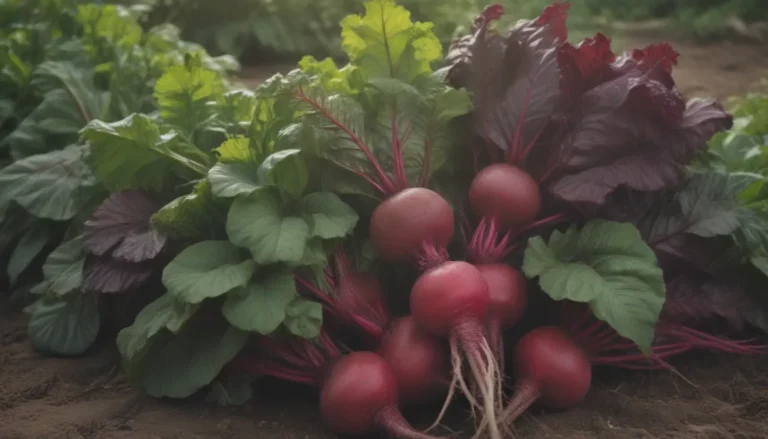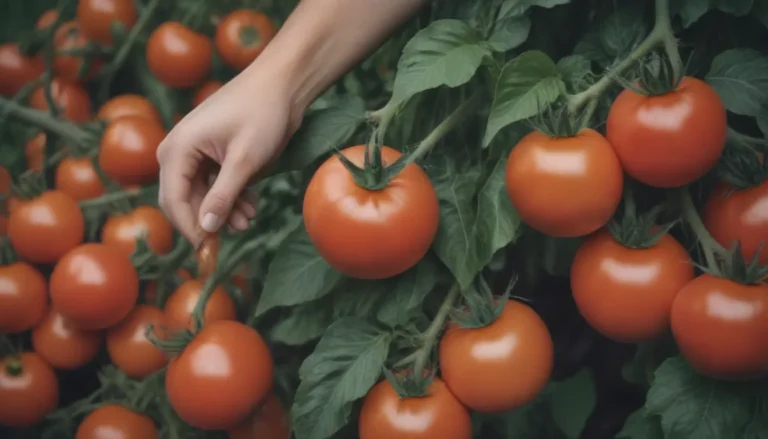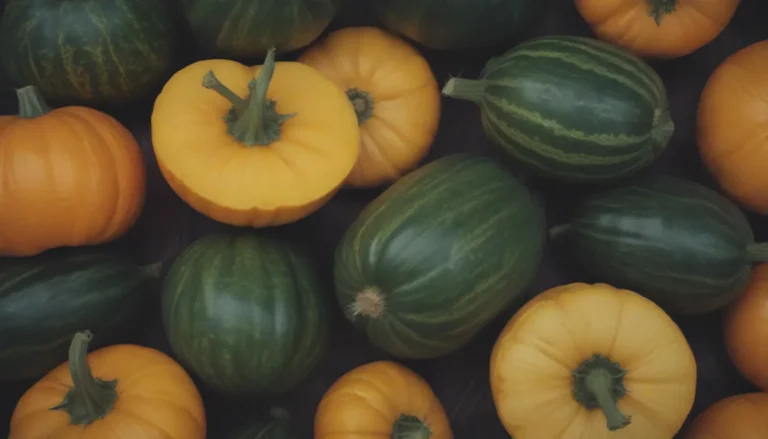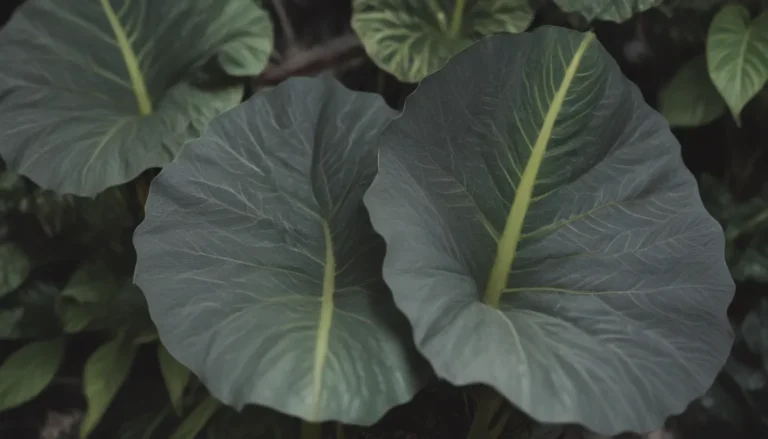Understanding the Power of Bleach as a Weed Killer: A Comprehensive Guide
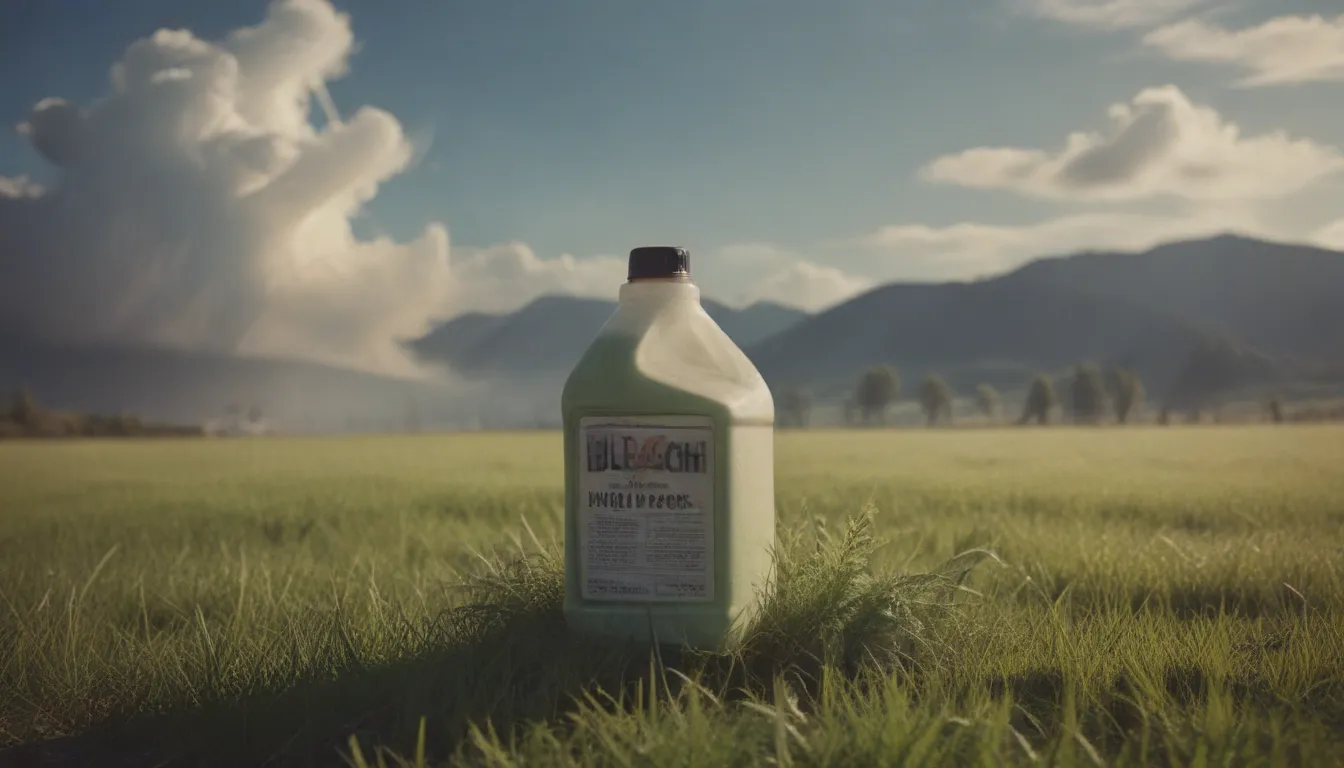
Are you tired of pesky weeds popping up between your patio pavers or in other isolated areas of your yard? Look no further than your laundry room for a solution – bleach! Yes, that’s right, bleach isn’t just for keeping your whites bright, it can also be a powerful weed killer. In this article, we will delve into the effectiveness of bleach as a weed killer, how to create your DIY weed killer solution, and important precautions to take when using bleach in your yard.
Why Bleach is an Effective Weed Killer
Bleach is a non-selective herbicide, meaning it will kill any plant it comes into contact with, including weeds. This makes it ideal for targeting isolated weeds that are growing in between pavers or on your patio. When applied undiluted, bleach works at the root level to interfere with a weed’s ability to absorb minerals, ultimately killing the weed. Additionally, bleach can raise the soil pH to a level unsuitable for many plants, preventing weeds from coming back for an extended period of time.
How to Make a Homemade Weed Killer with Bleach
- Use the right kind of bleach: Make sure to use household bleach, typically containing sodium hypochlorite, for your weed-killing solution.
- Mix with water: Dilute the bleach with water to create a sprayable solution.
- Transfer solution to spray bottle: Pour the bleach solution into a spray bottle for easy application.
Warning: Safety First
When working with bleach, it is essential to take precautions to protect yourself. Wear safety gloves, long sleeves, long pants, and goggles to prevent any contact with the bleach. Avoid haphazardly mixing bleach with other substances, as this can create harmful chemical reactions.
How to Use Bleach on Weeds
If you have weeds popping up between your patio pavers or in other isolated areas, bleach can be an effective solution for weed control. Simply spray the bleach solution on the weeds, making sure to saturate the area. Allow a few days for the bleach to take effect before removing the dead weeds. This method can also be used to kill weeds in sidewalk cracks, along driveways, or between flagstones in a stone path.
Pros and Cons of Using Bleach to Kill Weeds
While bleach is a potent and cost-effective weed killer, there are some drawbacks to consider:
Pros:
– Bleach is potent enough to kill small weeds on the first try.
– It is an inexpensive option for weed control.
– Ideal for isolated weeds in between pavers and on patios.
Cons:
– Bleach can stain paving stones.
– Kills good bacteria in the soil.
– Non-selective herbicide that alters soil pH.
When using bleach as a weed killer, it is crucial to be cautious, especially when working near other plants. Bleach can inhibit tomato root growth and alter soil pH, which can impact the overall health of your garden. Being mindful of where and how you apply bleach can help minimize any negative effects on surrounding plants.
In conclusion, bleach can be a powerful tool in your weed-killing arsenal when used correctly and cautiously. By understanding its effectiveness, knowing how to create a homemade weed killer solution, and taking proper safety precautions, you can successfully rid your yard of pesky weeds. Remember, bleach is best used for isolated weeds and not suitable for controlling weeds in vegetable gardens, flower beds, or lawns. So, grab your spray bottle and get ready to bid farewell to those unwanted weeds!
